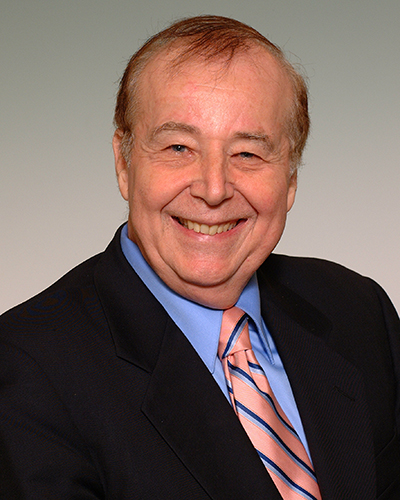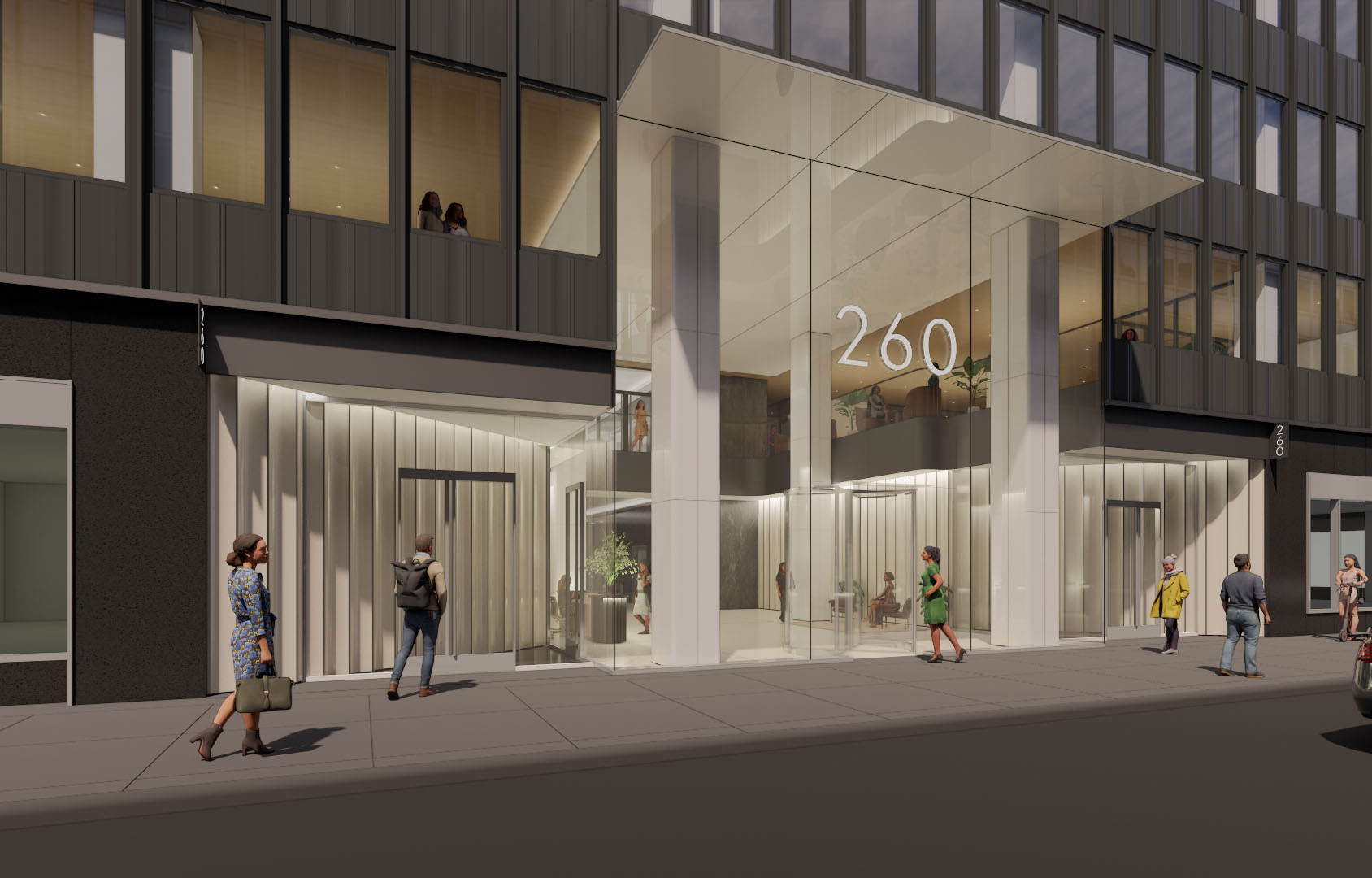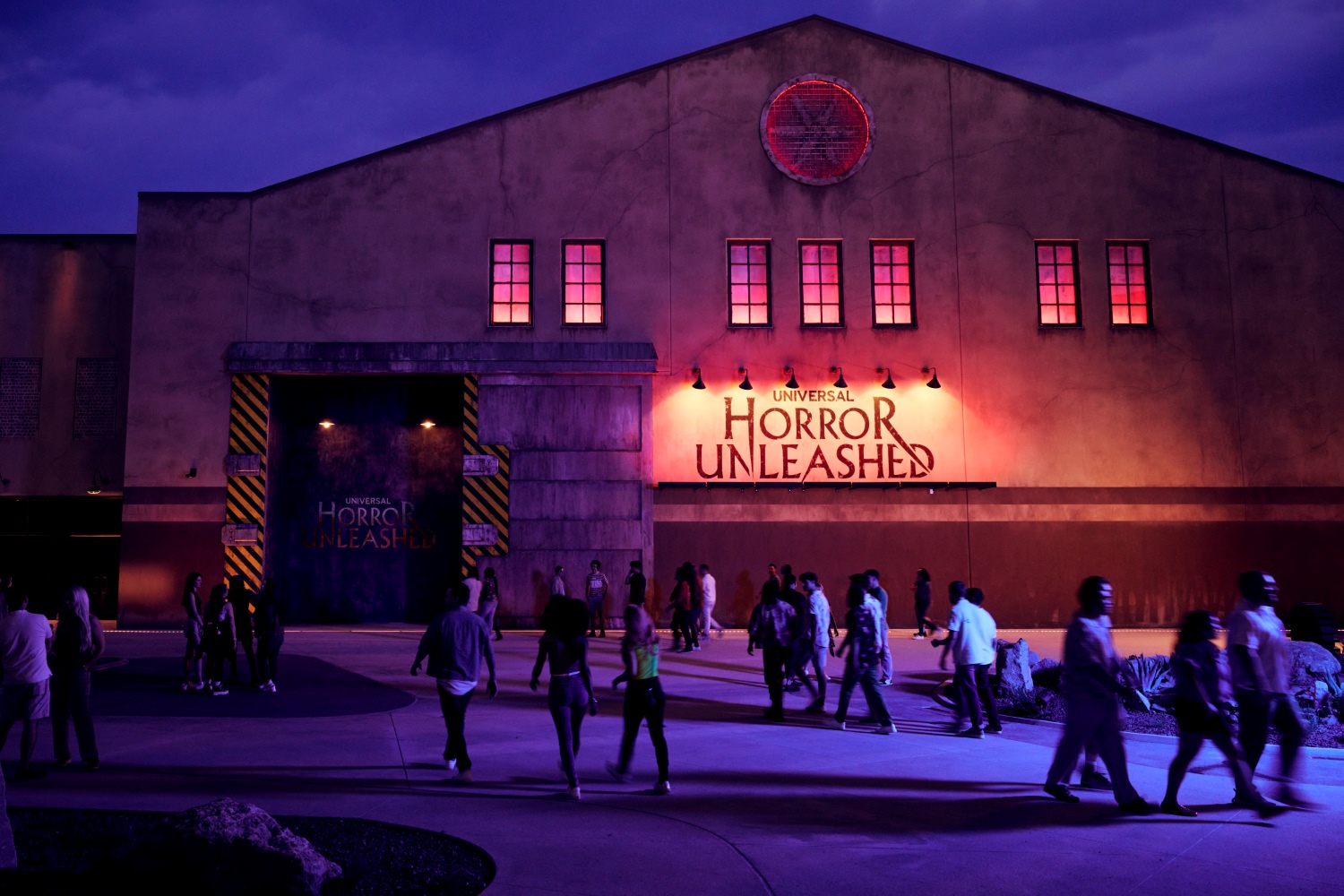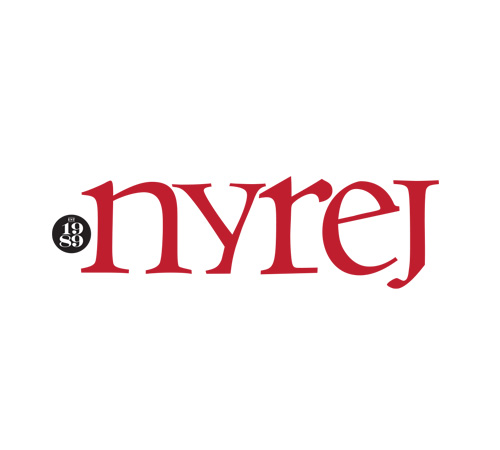News:
Brokerage
Posted: April 8, 2013
Eastern Consolidated's MetroGrid report quantifies growth
Known for its tree-lined streets, charming brownstones, top-notch schools and family-friendly attractions, the Upper West Side would not be considered the "trendiest neighborhood" of late, but in terms of commercial real estate investment sales activity, the area is far outpacing the East Village, Chelsea and Williamsburg, according to new research.
Eastern Consolidated's hot-off-the-press MetroGrid report authored by Eastern chief economist Barbara Byrne Denham, compiled to date covering, through narrative and graphs, the sales of all real estate product types on the Upper West Side. Most significantly, the in-depth analysis reveals that sales volume of multifamily properties in the neighborhood increased three-fold in 2012 over 2011 (compared to 3% for all of Manhattan), showing that investors value the area for its solid residential base as a "safe haven" for capital and future upside potential, including dynamic new developments currently underway by Extell Development Company, the Dermot Company and Glenwood Management.
"Our listings on the Upper West Side always get the biggest responses from investors," states Eastern's chairman and CEO, Peter Hauspurg, in the report. "In Manhattan, which is already one of the most preferred locations in the world, the Upper West Side stands out as one of the elite markets mainly because of its building stock and its history of being a popular place to live."
Other notable findings include:
· Iconic architecture, brownstones and new construction equally drew investors. The analysis shows how investors were drawn to new multifamily properties that feature larger apartments and numerous amenities, but older pre-war buildings have had strong interest as well. Finally, brownstone sales on the Upper West Side held steady throughout the recession as pricing climbed consistently. Owners and investors continue to convert a number of brownstones to single family or two-family homes.
·REITs and institutional investors are taking action. At the start of 2012, UDR, Inc., together with Met Life, purchased the multifamily portion of the newly-developed, five-tower apartment complex at Columbus Square from developer Chetrit Group and Stellar Management for $630 million or $890,000 per unit. At the end of the year, Eastern Consolidated brokered the sale of the Chatsworth, the 139-unit, 200,000 s/f beaux-arts gem at West 72nd Street for $150 million to HFZ Capital.
·However, a pricing disparity exists. Because prices for multifamily properties are based on rental income, the fluctuation of multifamily prices is due to the broad range of apartment buildings on the market.
· A population boom. Home to more than 210,000 residents within two square miles, the Upper West Side has grown significantly over the last 15 years. Since 1998, 7,500 housing units have been built, and another 771 units are under construction, and more are in the planning stages concentrated in the West 60s and lower West 70s.
·Established neighborhoods come back ahead of others. Multifamily sales volume on the Upper West Side averaged 2.6% of the total Manhattan sales volume from 2005 to 2011, but in 2012, it was 7.1%.
According to Denham, while the Upper West Side has maintained its status as a prime residential neighborhood, the demographics have shifted too. "The Upper West Side attracts a well-heeled crowd including many of Manhattan's intellectual and cultural elite," she stated. "Despite this wealthy base, it is well regarded for its diversity. Most of its housing stock contains significant rent-regulated units that keep the cost structure intact for a number of residents. Its outlook has never looked better, and the area will continue to draw residents and investors for its amenities and stability."
Tags:
Brokerage
MORE FROM Brokerage
AmTrustRE completes $211m acquisition of 250 Madison Ave.
Manhattan, NY AmTrustRE has completed the $211 million acquisition of 260 Madison Ave., a 22-story, 570,000 s/f office building. AmTrustRE was self-represented in the purchase. Darcy Stacom and William Herring

Columns and Thought Leadership

Lasting effects of eminent domain on commercial development - by Sebastian Jablonski
The state has the authority to seize all or part of privately owned commercial real estate for public use by the power of eminent domain. Although the state is constitutionally required to provide just compensation to the property owner, it frequently fails to account

Behind the post: Why reels, stories, and shorts work for CRE (and how to use them) - by Kimberly Zar Bloorian
Let’s be real: if you’re still only posting photos of properties, you’re missing out. Reels, Stories, and Shorts are where attention lives, and in commercial real estate, attention is currency.

AI comes to public relations, but be cautious, experts say - by Harry Zlokower
Last month Bisnow scheduled the New York AI & Technology cocktail event on commercial real estate, moderated by Tal Kerret, president, Silverstein Properties, and including tech officers from Rudin Management, Silverstein Properties, structural engineering company Thornton Tomasetti and the founder of Overlay Capital Build,

Strategic pause - by Shallini Mehra and Chirag Doshi
Many investors are in a period of strategic pause as New York City’s mayoral race approaches. A major inflection point came with the Democratic primary victory of Zohran Mamdani, a staunch tenant advocate, with a progressive housing platform which supports rent freezes for rent








.jpg)
.gif)
.gif)